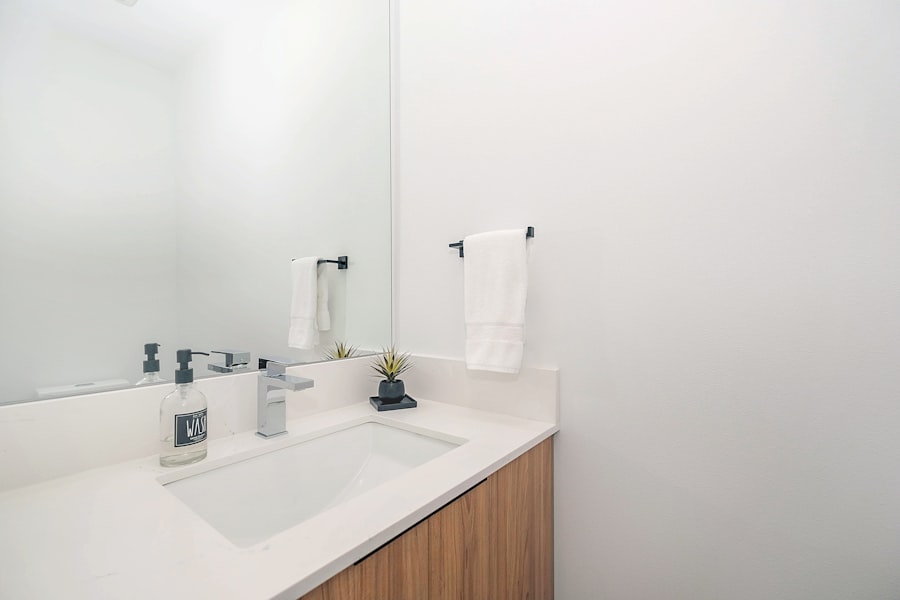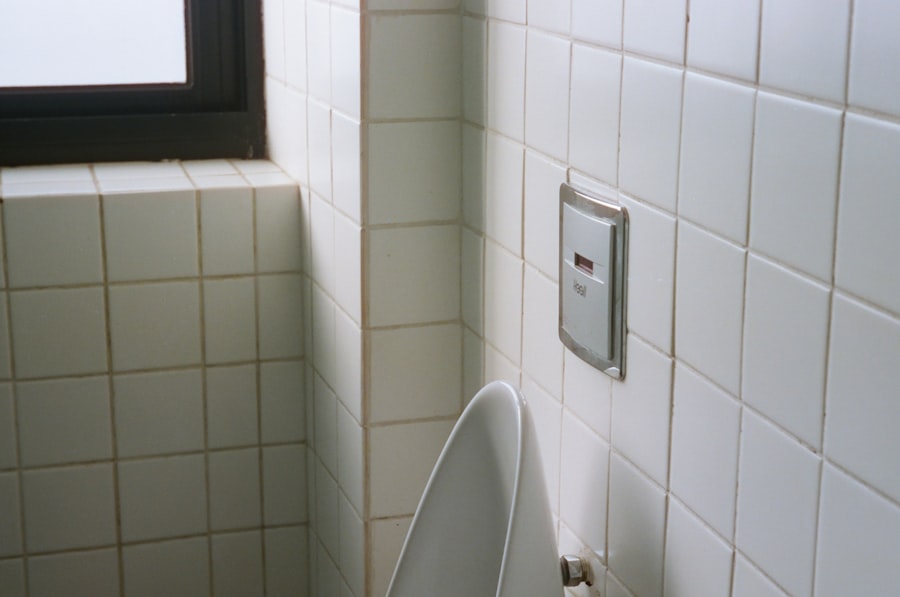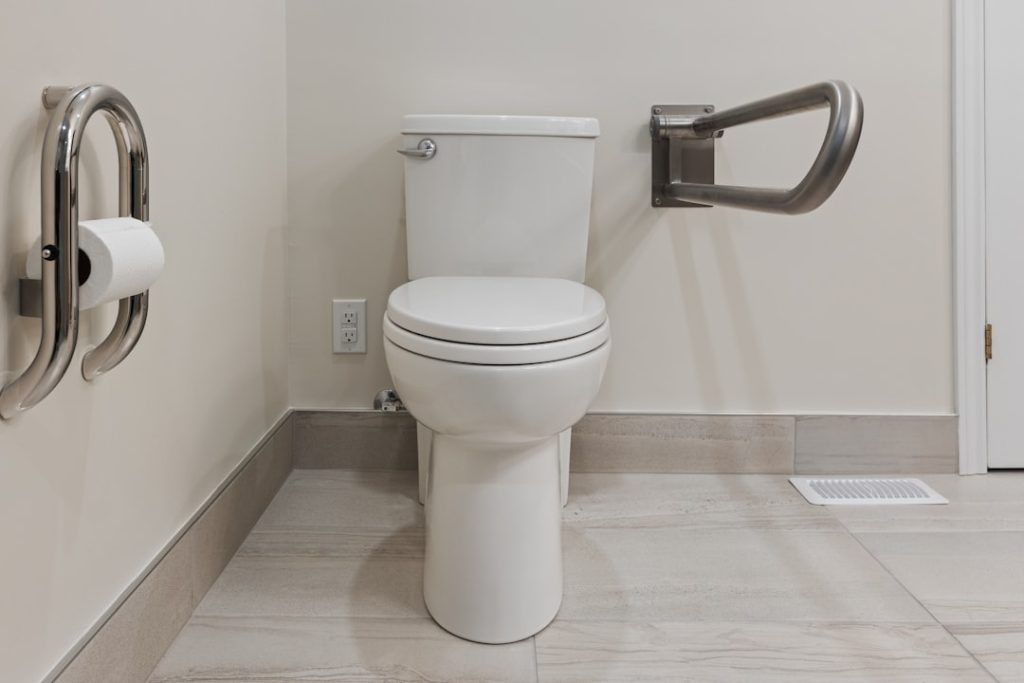Bathroom replacement is a significant home improvement project that can dramatically enhance both the functionality and aesthetic appeal of one of the most frequently used spaces in a house. Unlike simple renovations, which may involve minor updates or cosmetic changes, a complete bathroom replacement entails a comprehensive overhaul. This process often includes the removal of existing fixtures, flooring, and sometimes even the layout of the space itself.
Homeowners may choose to undertake this project for various reasons, including outdated designs, inefficient layouts, or simply the desire for a more modern and luxurious environment. The decision to replace a bathroom is not merely about aesthetics; it also encompasses considerations of comfort, safety, and efficiency. For instance, older bathrooms may have plumbing issues or outdated electrical systems that pose risks to homeowners.
Additionally, modern bathrooms can incorporate energy-efficient fixtures and smart technology, which can lead to long-term savings on utility bills. As such, understanding the intricacies of bathroom replacement is essential for homeowners looking to invest in their property and improve their quality of life.
Key Takeaways
- Upgrading your bathroom enhances comfort, functionality, and home value.
- Careful planning and material selection are crucial for a successful bathroom replacement.
- Various replacement types range from simple updates to full remodels.
- Hiring a professional ensures quality workmanship and adherence to building codes.
- Regular maintenance helps preserve the appearance and longevity of your new bathroom.
Benefits of Upgrading Your Bathroom
Upgrading your bathroom offers a multitude of benefits that extend beyond mere visual appeal. One of the most compelling advantages is the potential increase in property value. Real estate experts often cite bathrooms as one of the key areas that prospective buyers scrutinize when evaluating a home.
A well-designed, modern bathroom can significantly enhance a home’s marketability, making it a wise investment for homeowners looking to sell in the future. Features such as double vanities, walk-in showers, and high-quality materials can set a property apart in a competitive market. In addition to boosting property value, an upgraded bathroom can greatly improve daily living experiences.
Modern fixtures and layouts can enhance functionality, making routines more efficient and enjoyable. For example, installing a spacious shower with multiple showerheads can transform the daily ritual of bathing into a spa-like experience. Furthermore, contemporary designs often prioritize accessibility, ensuring that bathrooms are user-friendly for individuals of all ages and abilities.
This focus on usability not only enhances comfort but also promotes safety, reducing the risk of accidents in what can be a slippery environment.
Considerations for Bathroom Replacement

When contemplating a bathroom replacement, several critical factors must be taken into account to ensure a successful outcome. First and foremost is the layout of the space. Homeowners should assess whether the current layout meets their needs or if adjustments are necessary to improve flow and accessibility.
For instance, relocating plumbing fixtures may create a more functional design but could also increase costs and complexity. Therefore, careful planning is essential to strike a balance between desired changes and practical limitations. Another vital consideration is the selection of fixtures and finishes.
The market offers an overwhelming array of options, from luxurious freestanding tubs to sleek modern sinks. Homeowners should consider their personal style preferences while also keeping in mind the overall theme of the home. Additionally, it’s crucial to think about maintenance requirements; some materials may look stunning but require more upkeep than others.
For example, natural stone countertops can be beautiful but may need regular sealing to prevent staining. By weighing these factors thoughtfully, homeowners can create a bathroom that is both stylish and practical.
Different Types of Bathroom Replacements
| Type of Bathroom Replacement | Average Duration (Days) | Common Materials Used | Typical Cost Range | Complexity Level | Key Benefits |
|---|---|---|---|---|---|
| Full Bathroom Remodel | 10-20 | Tile, Porcelain, Granite, Wood | 5,000 – 15,000 | High | Complete design overhaul, increased home value |
| Shower Replacement | 2-5 | Glass, Tile, Acrylic | 1,000 – 4,000 | Medium | Improved functionality, modern look |
| Bathtub Replacement | 3-7 | Fiberglass, Acrylic, Cast Iron | 1,200 – 5,000 | Medium | Enhanced comfort, updated style |
| Vanity Replacement | 1-3 | Wood, Marble, Quartz | 500 – 3,000 | Low | Improved storage, refreshed appearance |
| Toilet Replacement | 0.5-1 | Ceramic, Porcelain | 150 – 800 | Low | Better efficiency, modern design |
| Flooring Replacement | 2-5 | Tile, Vinyl, Stone | 1,000 – 4,500 | Medium | Durability, aesthetic upgrade |
Bathroom replacements can take various forms depending on the scope of the project and the specific needs of the homeowner. A full bathroom remodel typically involves gutting the entire space and starting from scratch. This approach allows for complete customization, enabling homeowners to reconfigure layouts, select new fixtures, and choose finishes that align with their vision.
Full remodels are ideal for those looking to create a luxurious retreat or address significant issues such as plumbing problems or outdated electrical systems. On the other hand, partial bathroom replacements focus on specific elements rather than an entire overhaul. This could involve replacing only the vanity and sink while keeping existing tiles and fixtures intact.
Partial replacements are often more budget-friendly and can still yield impressive results without the need for extensive renovations. Homeowners might opt for this route if they are satisfied with the overall layout but want to refresh certain aspects of their bathroom. Each type of replacement has its own set of advantages and challenges, making it essential for homeowners to evaluate their goals and resources before proceeding.
Choosing the Right Materials for Your Bathroom Replacement
Selecting appropriate materials is one of the most critical aspects of any bathroom replacement project. The choice of materials not only affects the overall aesthetic but also impacts durability, maintenance, and cost. For flooring, options range from traditional ceramic tiles to modern vinyl planks that mimic wood grain while offering water resistance.
Ceramic tiles are popular due to their durability and ease of cleaning, while luxury vinyl offers comfort underfoot and is often more affordable. Wall finishes also play a significant role in defining the bathroom’s character. Paint is an option for those seeking versatility and ease of application; however, moisture-resistant paint is essential in high-humidity areas like bathrooms to prevent peeling and mold growth.
Alternatively, wall tiles can add texture and visual interest while providing a waterproof barrier. When it comes to countertops, materials such as quartz or granite are favored for their resilience against stains and scratches. Ultimately, homeowners should consider not only their aesthetic preferences but also how each material will perform over time in a wet environment.
Hiring a Professional for Your Bathroom Replacement

While some homeowners may feel confident tackling a bathroom replacement on their own, hiring a professional contractor can often lead to superior results. Experienced contractors bring valuable expertise to the table, ensuring that all aspects of the project are executed correctly and efficiently. They are familiar with local building codes and regulations, which can help avoid costly mistakes or delays due to non-compliance.
Moreover, professionals have access to high-quality materials and skilled labor that may not be available to DIY enthusiasts. Additionally, hiring a professional can save homeowners time and stress during what can be an overwhelming process. From initial design consultations to final inspections, contractors manage every detail of the project, allowing homeowners to focus on their daily lives without getting bogged down by logistics.
Furthermore, reputable contractors often provide warranties on their work, offering peace of mind that any issues arising post-installation will be addressed promptly.
Budgeting for Your Bathroom Replacement
Budgeting is a crucial step in any bathroom replacement project, as costs can quickly escalate if not carefully managed. Homeowners should begin by establishing a clear budget that reflects their financial situation and desired outcomes. It’s essential to account for all potential expenses, including materials, labor, permits, and unexpected contingencies that may arise during construction.
A common rule of thumb is to set aside an additional 10-20% of the total budget for unforeseen costs. When determining how much to allocate for each aspect of the project, homeowners should prioritize their needs versus wants. For instance, investing in high-quality plumbing fixtures may be more critical than splurging on decorative elements like custom cabinetry or designer tiles.
Additionally, researching various suppliers and contractors can help identify cost-effective options without compromising quality. By maintaining transparency about financial limitations with contractors from the outset, homeowners can work collaboratively to achieve their vision within budget constraints.
Maintaining Your New Bathroom
Once the bathroom replacement is complete, ongoing maintenance becomes essential to preserve its beauty and functionality over time. Regular cleaning routines should be established to prevent mold growth and maintain hygiene in this frequently used space. Homeowners should use appropriate cleaning products that are safe for specific materials; for example, acidic cleaners can damage natural stone surfaces while harsh chemicals may discolor grout.
In addition to routine cleaning, periodic inspections are vital for identifying potential issues before they escalate into costly repairs. Homeowners should check for signs of leaks around faucets and toilets as well as inspect caulking around tubs and showers for deterioration. Addressing minor repairs promptly can extend the lifespan of fixtures and finishes while ensuring that the bathroom remains a safe and enjoyable environment for years to come.
By committing to regular maintenance practices, homeowners can protect their investment and continue enjoying their newly replaced bathroom long after the project is completed.




